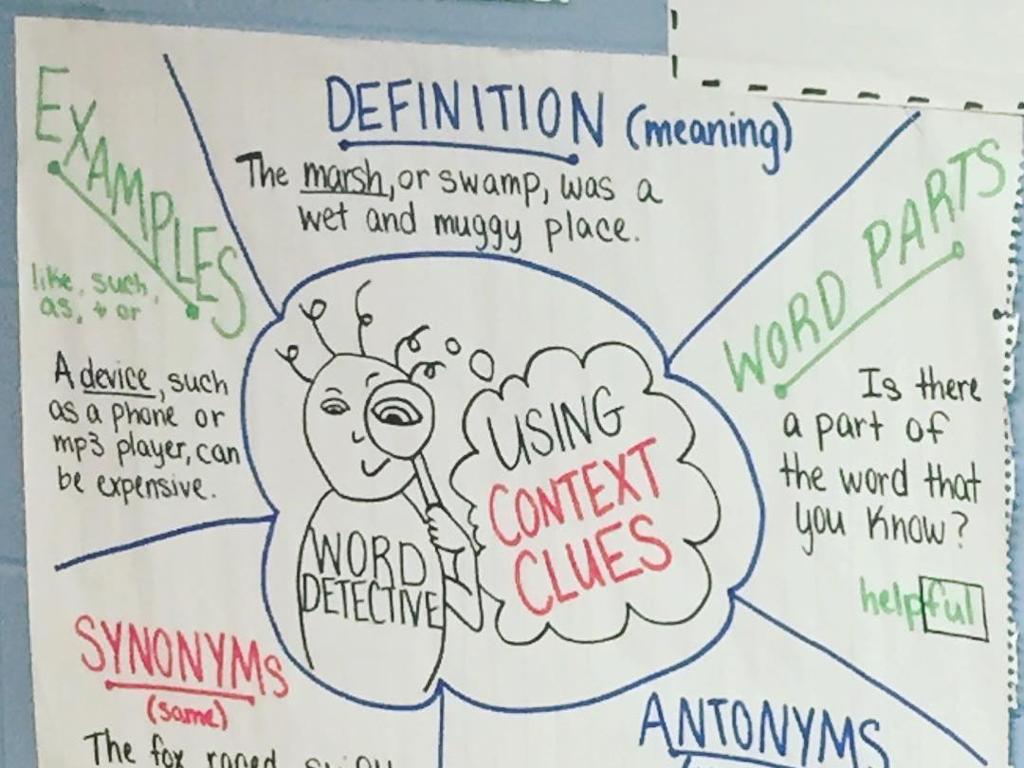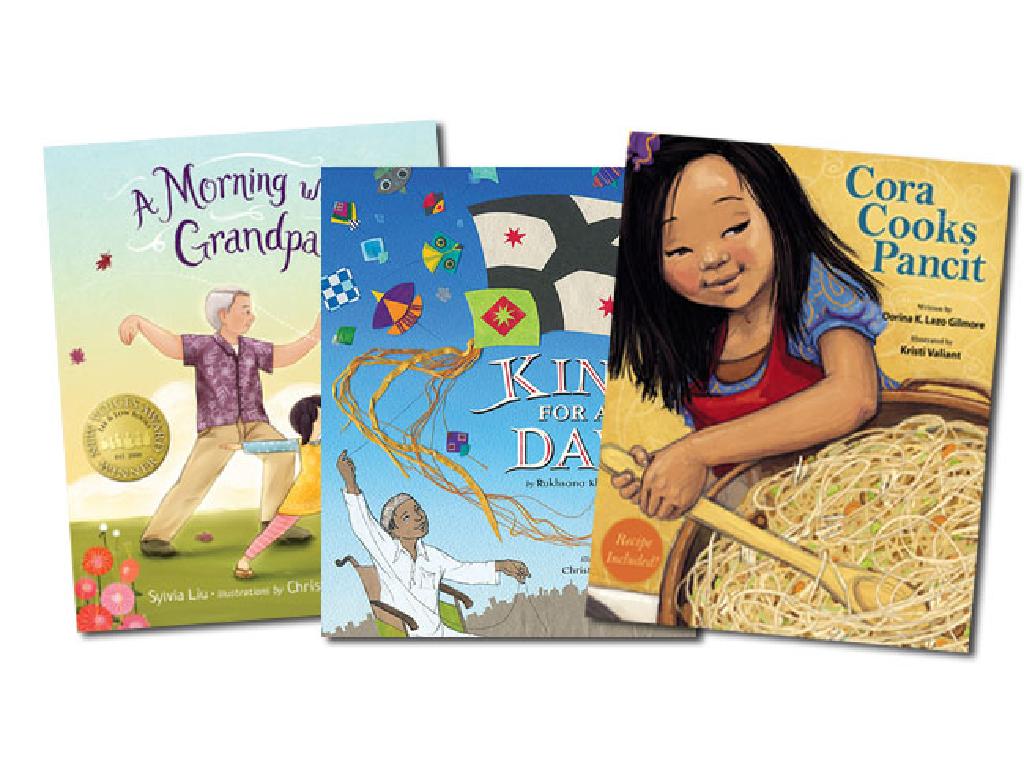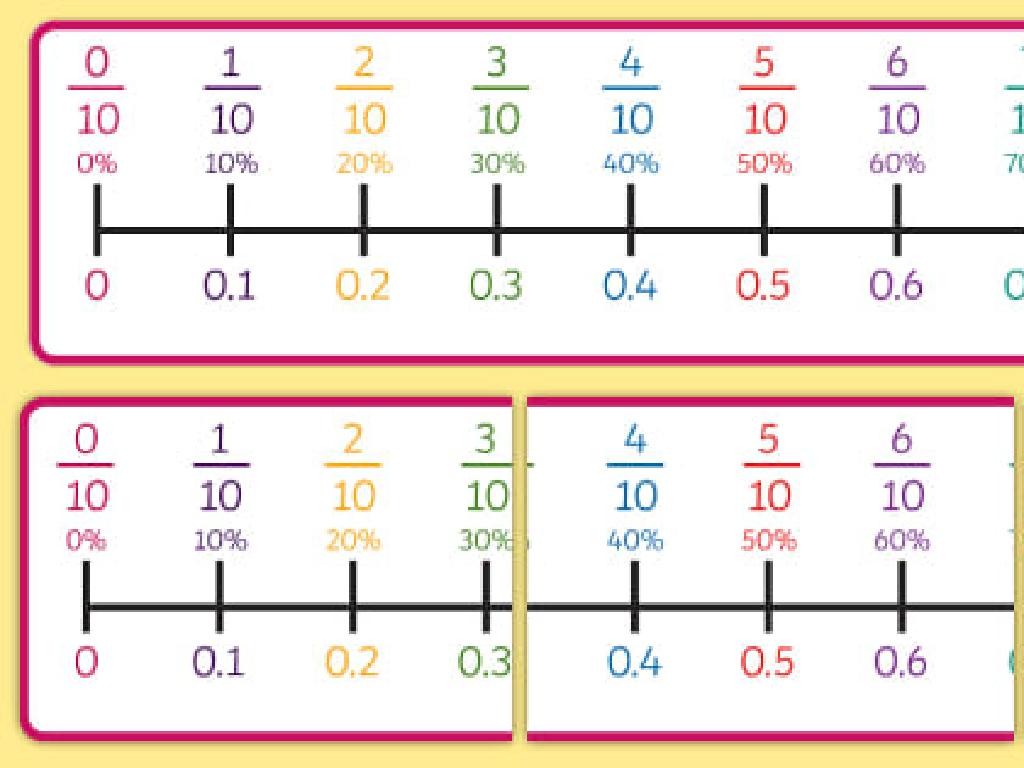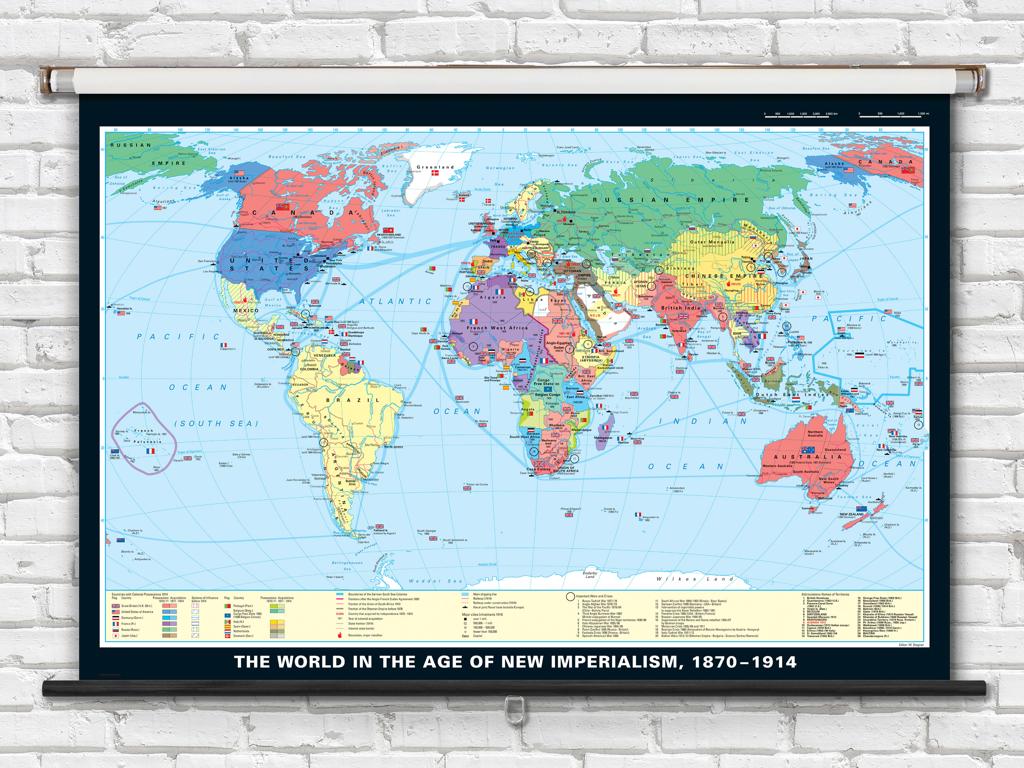To Be: Use The Correct Past Tense Form
Subject: Language arts
Grade: Third grade
Topic: Verb Tense
Please LOG IN to download the presentation. Access is available to registered users only.
View More Content
Time-Travel Adventure with Verbs!
– Journey into past tense verbs
– Using ‘to be’ in the past
– ‘Was’ for I, he, she, it; ‘were’ for you, we, they
– The importance of correct tense
– It helps us tell when actions happened
– Practice makes perfect
– We’ll do fun activities to learn!
|
Welcome to our verb tense time-travel adventure! Today, we’ll explore how to use the verb ‘to be’ in the past tense. Understanding the difference between ‘was’ and ‘were’ is crucial for describing actions that have already happened. Using the correct verb tense helps us communicate clearly about when events took place. We’ll engage in various activities to practice this skill, such as filling in blanks in sentences, creating our own past-tense stories, and peer-review exercises. By the end of the lesson, students should feel more comfortable with past tense verbs and understand their importance in storytelling and everyday communication.
Understanding the Verb ‘To Be’ in Past Tense
– Verbs show actions or states
– Like ‘run’ or ‘think’, and ‘is’ or ‘are’ for states
– ‘To be’ verbs: am, is, are
– We use ‘am’, ‘is’, or ‘are’ depending on the subject
– Past tense of ‘to be’: was, were
– ‘I was’, ‘He/She/It was’, ‘You/We/They were’
– Use ‘was’ or ‘were’ correctly
– ‘I was happy’, ‘They were excited’
|
Begin by explaining that verbs are the part of speech that express action or a state of being. Introduce the verb ‘to be’ as a fundamental verb that changes form depending on the subject and tense. For past tense, clarify the use of ‘was’ for singular subjects (I, he, she, it) and ‘were’ for plural subjects (you, we, they). Provide examples and encourage students to create sentences using ‘was’ and ‘were’ to describe past states or actions. This will help them grasp the concept of verb tenses and the importance of subject-verb agreement in constructing grammatically correct sentences.
The Verb ‘To Be’: Past Tense
– ‘To be’ in present: ‘am’, ‘is’, ‘are’
– ‘To be’ in past: ‘was’, ‘were’
– Learn when to use ‘was’ or ‘were’
– Use ‘was’ with I, he, she, and it. Use ‘were’ with you, we, they.
– Practice with examples
– ‘I was happy.’ ‘They were excited.’
|
This slide introduces the past tense forms of the verb ‘to be’. Begin by reviewing the present tense forms (‘am’, ‘is’, ‘are’) to establish a foundation. Then, explain that in the past tense, ‘to be’ changes to ‘was’ or ‘were’. Emphasize the correct usage: ‘was’ is used with the pronouns I, he, she, and it, while ‘were’ is used with you, we, and they. Provide plenty of examples and encourage students to create sentences using both ‘was’ and ‘were’ to reinforce their understanding. Practice with class activities such as filling in blanks in sentences and creating their own sentences using the past tense of ‘to be’.
Past Tense with ‘Was’ and ‘Were’
– ‘Was’ pairs with ‘I’, ‘he’, ‘she’, ‘it’
– Use ‘was’ for one person or thing: ‘She was brave.’
– ‘Were’ goes with ‘you’, ‘we’, ‘they’
– Use ‘were’ for many: ‘We were thrilled.’
– Examples of ‘was’ and ‘were’
– ‘I was scared during the movie.’ ‘They were hungry after the game.’
– Practice using ‘was’ and ‘were’
|
This slide introduces the past tense forms ‘was’ and ‘were’ to the students. Start by explaining that ‘was’ is used with singular subjects while ‘were’ is used with plural subjects. Provide clear examples for each case. For instance, ‘I was happy’ shows ‘was’ with a singular subject, and ‘They were excited’ shows ‘were’ with a plural subject. After explaining, engage the students in a practice activity where they can fill in sentences with either ‘was’ or ‘were’ to reinforce their understanding. Encourage them to come up with their own sentences as well. This will help them grasp the concept of singular and plural subjects in the past tense.
Let’s Practice: Past Tense of ‘To Be’
– Fill in the blank: I ___ at the park.
– Use ‘was’ for ‘I’ because it is singular.
– Fill in the blank: She ___ a great singer.
– Use ‘was’ for ‘She’ because it is singular.
– Fill in the blank: We ___ on the same team.
– Use ‘were’ for ‘We’ because it is plural.
|
This slide is an interactive class activity to practice the past tense of the verb ‘to be’. Students will fill in the blanks with ‘was’ or ‘were’. ‘Was’ is used for singular subjects like ‘I’ and ‘She’, while ‘were’ is used for plural subjects like ‘We’. Encourage students to say the sentences aloud and explain why they chose ‘was’ or ‘were’. For further practice, you can create similar sentences or ask students to come up with their own examples. Possible activities include a worksheet with similar sentences, a game where students hold up ‘was’ or ‘were’ signs, or a pair work where they quiz each other.
Past Tense with ‘To Be’: Correcting Sentences
– Correct the mistake: ‘He were at the zoo.’
– ‘He was at the zoo.’ (‘were’ is for plural, ‘was’ is for singular)
– Change to past tense: ‘They are friends.’
– ‘They were friends.’ (changing ‘are’ to ‘were’ for past tense)
– Understand ‘was’ and ‘were’ usage
– Using ‘was’ for ‘I/he/she/it’ and ‘were’ for ‘you/we/they’ shows the correct time
– Practice makes perfect!
|
This slide is aimed at helping students understand the importance of using the correct past tense forms of the verb ‘to be.’ Start by showing the common mistake in the sentence ‘He were at the zoo.’ and guide them to correct it to ‘He was at the zoo.’ Explain that ‘was’ is used with singular subjects, while ‘were’ is used with plural subjects. Then, have them practice by converting ‘They are friends.’ to ‘They were friends.’ in the past tense. Emphasize the importance of using ‘was’ and ‘were’ correctly to convey the right time frame and ensure clear communication. Encourage students to practice with more sentences to build their confidence in using these verbs correctly.
Class Activity: Time Capsule Story
– Write a time capsule story
– Use ‘was’ and ‘were’ correctly
– ‘Was’ is for I, he, she, and it. ‘Were’ is for you, we, and they.
– Create at least five sentences
– Share your story with a classmate
– Practice reading aloud to each other.
|
This activity is designed to help students practice using the past tense forms of ‘to be’ – ‘was’ and ‘were’. Encourage them to think creatively and come up with a story that might be found in a time capsule, which requires them to imagine events from the past. Remind them to use ‘was’ when talking about one person or thing, and ‘were’ when talking about more than one. After writing their stories, students should pair up to read their stories to each other, which will help them with their speaking and listening skills. As a teacher, walk around the classroom to assist with sentence structure and correct usage of ‘was’ and ‘were’. Possible variations of the activity could include drawing pictures to accompany their stories or creating a class time capsule with their written stories.
Review and Quiz: ‘Was’ and ‘Were’
– Review uses of ‘was’ and ‘were’
– ‘Was’ is used with ‘I’, ‘he’, ‘she’, ‘it’. ‘Were’ is with ‘you’, ‘we’, ‘they’.
– Take a short quiz on past tense
– Show what you’ve learned about using ‘was’ and ‘were’ correctly.
– Practice with examples
– We’ll do some practice sentences together before the quiz.
– Remember: Practice makes perfect!
|
This slide is aimed at reinforcing the students’ understanding of the past tense forms ‘was’ and ‘were’. Begin by reviewing the rules for when to use each word. ‘Was’ is used with singular subjects (I, he, she, it), while ‘were’ is used with plural subjects (you, we, they). After the review, conduct a short quiz to assess the students’ grasp of the concept. Provide examples and practice sentences to ensure they are well-prepared. Emphasize the importance of practice in mastering verb tenses. The teacher should prepare a variety of sentences for the quiz and practice, ensuring they are appropriate for the third-grade level.
Mastering Past Tense ‘To Be’: Homework
– Congrats on learning past tense ‘to be’!
– Homework: 10 sentences with ‘was’ and ‘were’
– Use ‘was’ for I, he, she, and it; ‘were’ for you, we, they
– Practice makes perfect in verb tenses
– Aim to become a verb tense expert!
|
Today’s lesson focused on the past tense forms of the verb ‘to be,’ specifically ‘was’ and ‘were.’ For homework, students are tasked with writing 10 sentences that correctly use ‘was’ and ‘were.’ This will help reinforce their understanding of subject-verb agreement in the past tense. Encourage them to think about events that happened in the past or to create fictional scenarios. Remind them that ‘was’ is used with singular subjects, while ‘were’ is used with plural subjects and the pronoun ‘you.’ During the next class, we can review some of their sentences to celebrate their progress and clarify any confusion.






